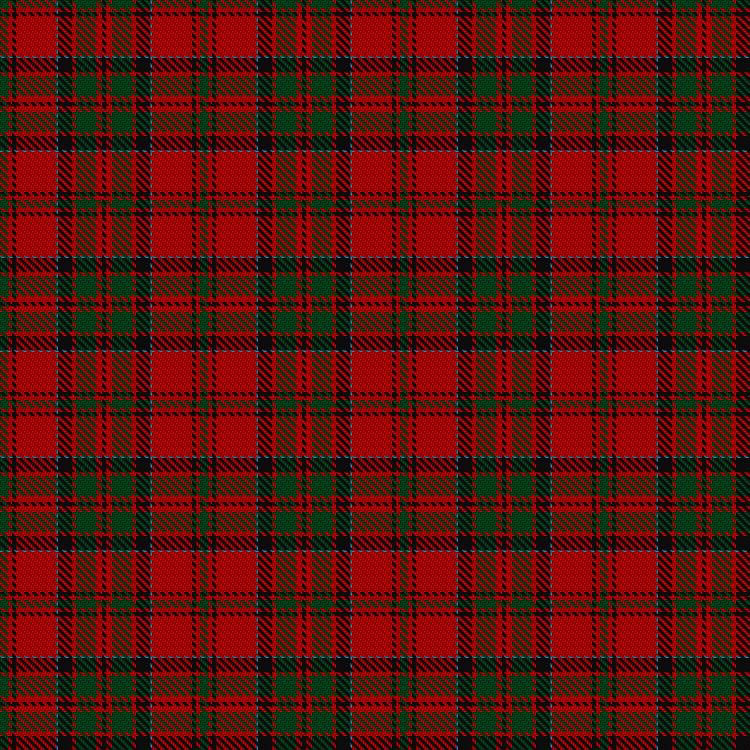 The unwritten rule as it relates to colour co-ordination for certain special events has always baffled me. For instance, I never understood why people wore purple to funerals. On the other hand, we are also socialized into associating colour with feelings and emotions. For example, red is associated with love and black with hate. Black is also associated with formality and with grimness and scariness; it is a colour that has been incredibly racially socialized and seen as negative.
The unwritten rule as it relates to colour co-ordination for certain special events has always baffled me. For instance, I never understood why people wore purple to funerals. On the other hand, we are also socialized into associating colour with feelings and emotions. For example, red is associated with love and black with hate. Black is also associated with formality and with grimness and scariness; it is a colour that has been incredibly racially socialized and seen as negative.
Tartan is a popular print worn at Christmas time but the reality of it being this staple image to associate with during Christmas either through décor or fashion just didn’t fall out of thin air. Tartan is strongly associated with Scotland. It is in fact a plaid of Scottish origin. Historically, members of clans used natural resources to dye wool to create the different types of tartan. Each individual type of tartan is said to be representative of a clan for a particular geographical area.
Today there is mass commercialization of the fabric using cheaper dyes, and modern tartan has been showing up all over on persons who are definitely not part of any clan. Even the Balmoral tartan, which was designed by Queen Victoria’s husband, Prince Albert in 1853 and is worn by the current Queen herself and members of the Royal Family and which supposedly requires the Queen’s permission to be worn is being sold at fast fashion outlets. Gift ideas include Balmoral leggings, totes, ties and even coffee mugs and luggage with the pattern. I’m not quite sure if to chuckle at the obvious thumb nosing at the elitist behaviour, or roll my eyes with disgust. However, from the inception the use of tartan wasn’t regulated and neither did it carry any symbolic meaning.
The association of tartan with Christmas is amplified because of the Scots, specifically those descended from the Celts who celebrated the winter solstice. Commonly referred to as Yule, the festivities which covered a period of days as opposed to one single day were said to bring light to dark winter days and to please the gods so that the sun can return. The festivities involved the burning of the Yule log and kissing under the mistletoe (a fertility rite). The decorating of trees and the use of the holly flower were also said to be made popular by the Celtic pagans.
Because of the visual aesthetics that Christmas attracts, it is no wonder that close association with Scottish traditions are seen to be necessary however complex the heritage may be. Tartan prints are usually associated with kilts and are credited as the official highland cultural dress. The use of tartan during this festive time is no random tradition passed down out of thin air but one that has incredible cultural, social and political meaning.
Perhaps this is why the wearing of tartan is seen to be out of place all year round because it is more like cultural currency in a mass consumption world which tends to focus on uniformity. It is not just official highland wear it is official Christmas wear. (instagram.com/theonelinerunway)





